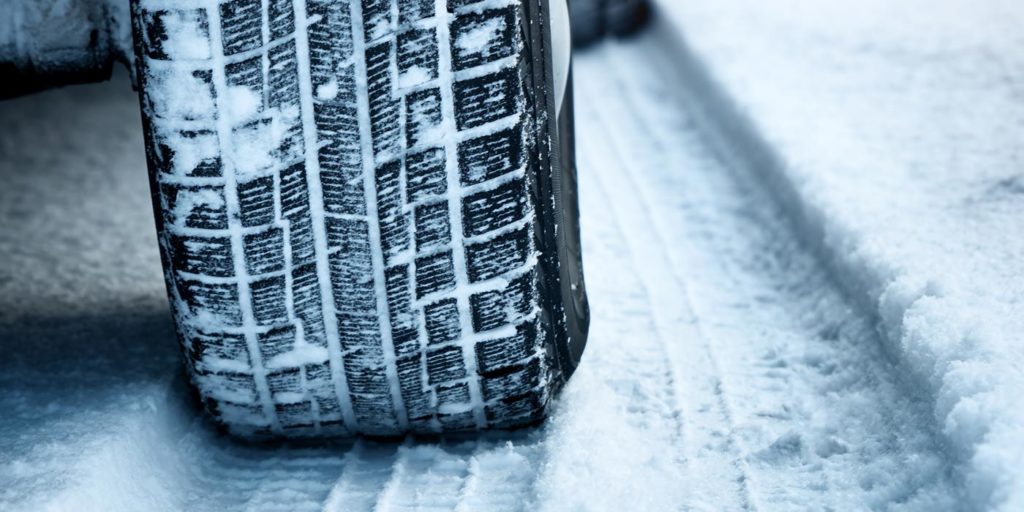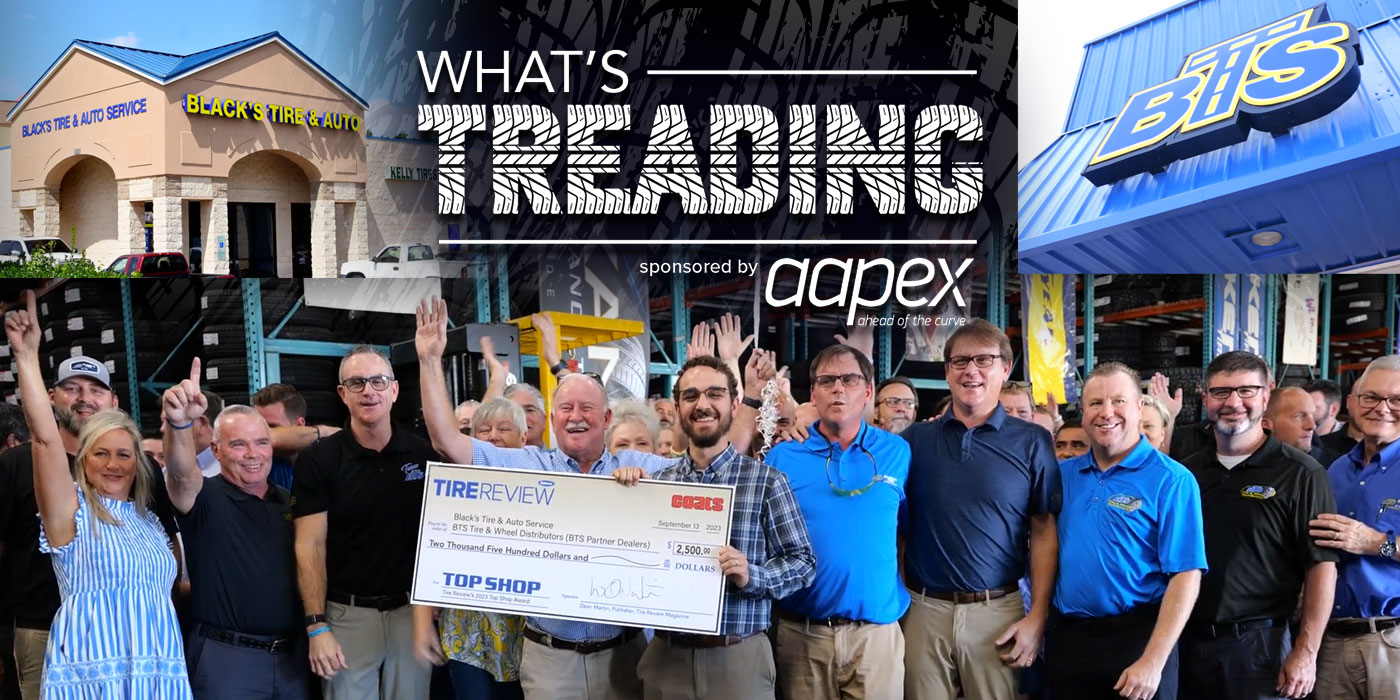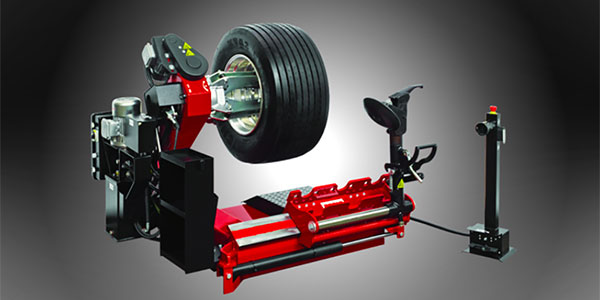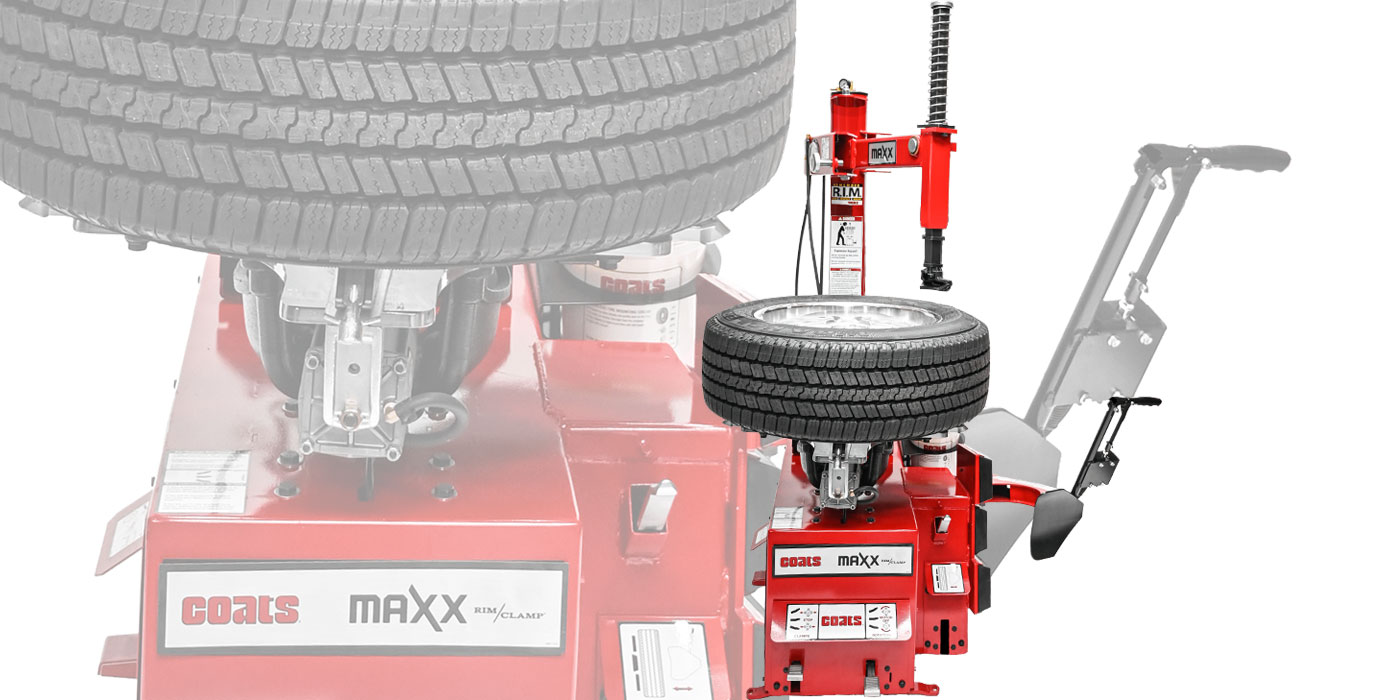When vehicles come into your bays during the winter, they’re usually dirty from driving through the snow, sleet and slush. With tires coming in direct contact with the road, they often take a beating during the winter months, and it’s common to see snow caked into the wheel well and all parts of the wheel. So, when your shop goes to remove a wheel assembly that’s dripping wet with snow melting off, it’s important to take extra care of not only the assembly but also your tire equipment.
Winter roads are full of sand, dirt and salt, which can harm your shop equipment. When snow melts, this highly abrasive and corrosive solution drips onto metal surfaces in your shop and can greatly accelerate wear. Let’s review the ways you can take care of your shop equipment and add to its longevity despite dealing with the harsh chemicals and elements that might come into your shop during the winter months.
Tire Changers
Tire changers need to be kept clean and dry. A daily inspection and cleaning are usually all that is needed. Any salt, sand or water present should be cleaned, and the machine should be lubricated where required. Bead sealer should not be used while the wheel is on the tire changer, but if some is spilled on the machine, it should be cleaned ASAP, so it doesn’t damage bead breaking cylinders or clamping air cylinders. The water separator should also be drained and cleaned, and the oiler should be filled with the proper oil and adjusted to be sure it is injecting the correct amount of oil.
Consumables such as jaw protectors, bead loosener protectors and plastic duck heads should also be checked and replaced where required.
Lift Racks
Lift racks are especially vulnerable to the elements. For example, an alignment rack should be kept clean, and any parts that require lubrication should be lubed. In their spare time, technicians should use compressed air to blow out slip plates from the sides. Turn plates should be stored vertically when not in use so they can drain water and debris out.
Jack rails should also be cleaned, and any foreign debris should be removed before applying any lube. Water separators on the lift rack should be drained, cleaned and fresh oil added to the oiler if one is present.
Wheel Balancers
Balancers also need to be kept clean and dry, and all tooling such as cones, collets and speed nuts should be inspected for excessive wear. Any broken or out-of-spec tooling should be replaced. For example, pin plates should be cleaned and lubricated to prevent corrosion, and any bent pins should be replaced.
If the balancer is equipped with a wheel lift, its oiler and regulator should be cleaned and adjusted, and the mechanism should be lubricated where required.
The turn of the new year is a great time to schedule a maintenance appointment with your equipment service provider. In addition, it serves as a good time to have an ALI-certified lift service specialist inspect cables, pulleys and pins and look for hydraulic leaks.














